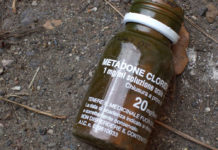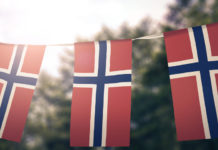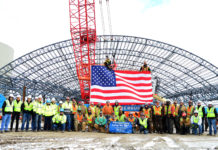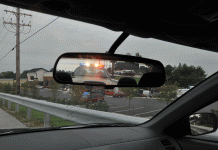asking for cars or hotel rooms that have not been previously used by smokers or enforcing a full or partial ban (limiting smoking hours or only in smoking outside or in certain rooms).
“The only way to protect nonsmokers from thirdhand smoke is to create a smoke-free environment, whether that’s your private home or vehicle, or in public places, such as hotels and restaurants,” he said. “Although we know a great deal about the health effects of exposure to firsthand and secondhand smoke — and The U.S. Surgeon General has issued numerous reports on the adverse health effects of active and passive smoking — we still know very little about the health effects of thirdhand smoke. We are working on this.”
He also emphasized that infants and small children would be most at risk from THS exposure because they have frequent hand-to-mouth behaviors, a tendency to place objects in their mouths and intake more dust-contaminated air than adults in relation their body size.
“They are more susceptible than adults, as children may metabolize chemicals differently than adults,” he said “[Children] are rapidly developing and have more years of life ahead. Ways to reduce exposure to children include: not allowing smoking at any time indoors, near children; having smokers wash their hands, shower, and change and wash their clothes before coming in contact with children; performing frequent surface cleaning and dusting, vacuuming with HEPA (high-efficiency particulate air) filter-equipped vacuum cleaners.”
Also, because THS can accumulate over time and is resistant to normal cleaning, it cannot be easily removed by airing our rooms, using fans or airing out rooms, Hang said. “The polluted places may require an in-depth evaluation of the source of those odors and toxins and, once identified, either the substitution of the affected materials (carpet, sheetrock) or the implementation of a cleaning protocol.”















